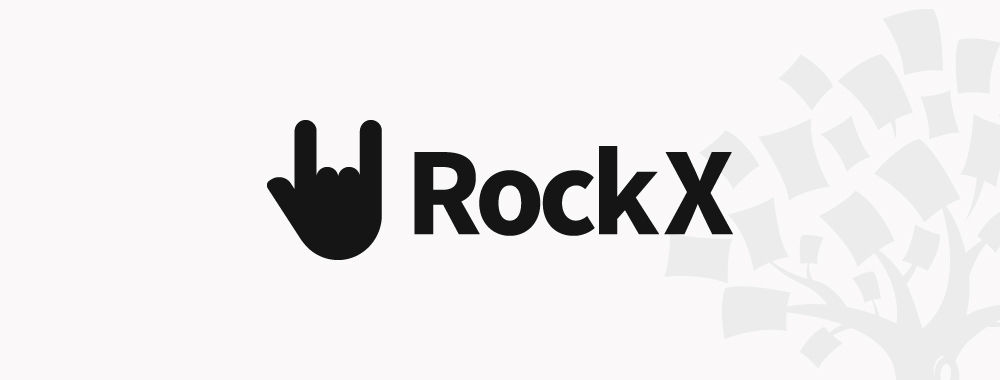Planning for user research is hard work but essential to ensure that you get the most from your user research. We’ve come up with a brief list of things you might want to consider as you develop your plan:
Everybody Lies

Author/Copyright holder: Marshall Mathers. Copyright terms and licence: CC BY-NC-ND 2.0
The phrase as made famous by TV’s Doctor House is not entirely fair. In user research it is, however, a reasonably good rule to live by. The truth is that people say different things from what they actually do. It’s not that they’re liars as such; it’s just that many of us don’t really remember what we do – so we report what we remember. And in some instances; we may be embarrassed of what we actually do – so we change the story. Finally, there’s also the chance that we’re just not that good at communicating and we get confused and relay the wrong information by accident.
That means you need to build some time into your research strategy to actually watch users interact with the product. Surveys, interviews, etc. are all valuable tools but seeing a user play with the product is better.
Get Out of Your Comfort Zone
We all have things we enjoy doing and which we’d rather be doing at work. This can end up influencing the tools we choose for our user research. This does your users and clients a disservice. You need to ensure that you pick tools that are suited for the questions you need to answer and not the ones you like best.

Author/Copyright holder: Lars Plougmann. Copyright terms and licence: CC BY-SA 2.0
You should also feel free to combine methods when the question is complex or lengthy. You don’t have to stick to a single research method to answer a single question. Mix and match for the best results.
Stack the Data High

Author/Copyright holder: Norton Sociology. Copyright terms and licence: All rights reserved Img source
There are tons of useful sources of data available to UX researchers. Demographics, online survey data, data from your analytics, data from your research, etc. Your research is likely to be much more reliable if you use as much data as you can lay your hands on. You really want multiple sources for every single piece of data you use – this is a good way to test the reliability of your underlying conclusions based on data. If you can find three sources that suggest your users would like a new feature – that conclusion is likely to be more solid than if you’re only using a single source.
Write it Down

Author/Copyright holder: Thomas Hawk. Copyright terms and licence: CC BY-NC 2.0
We can’t stress how much this tip will improve nearly every aspect of user research not just planning. Plans in writing have a much higher chance of being executed correctly. It’s easier to get buy in for a well-documented plan too. It also helps you explain why you did what you did if things go wrong at some stage down the line.
Header Image: Author/Copyright holder: Johannes Lundberg. Copyright terms and licence: CC BY-NC 2.O











